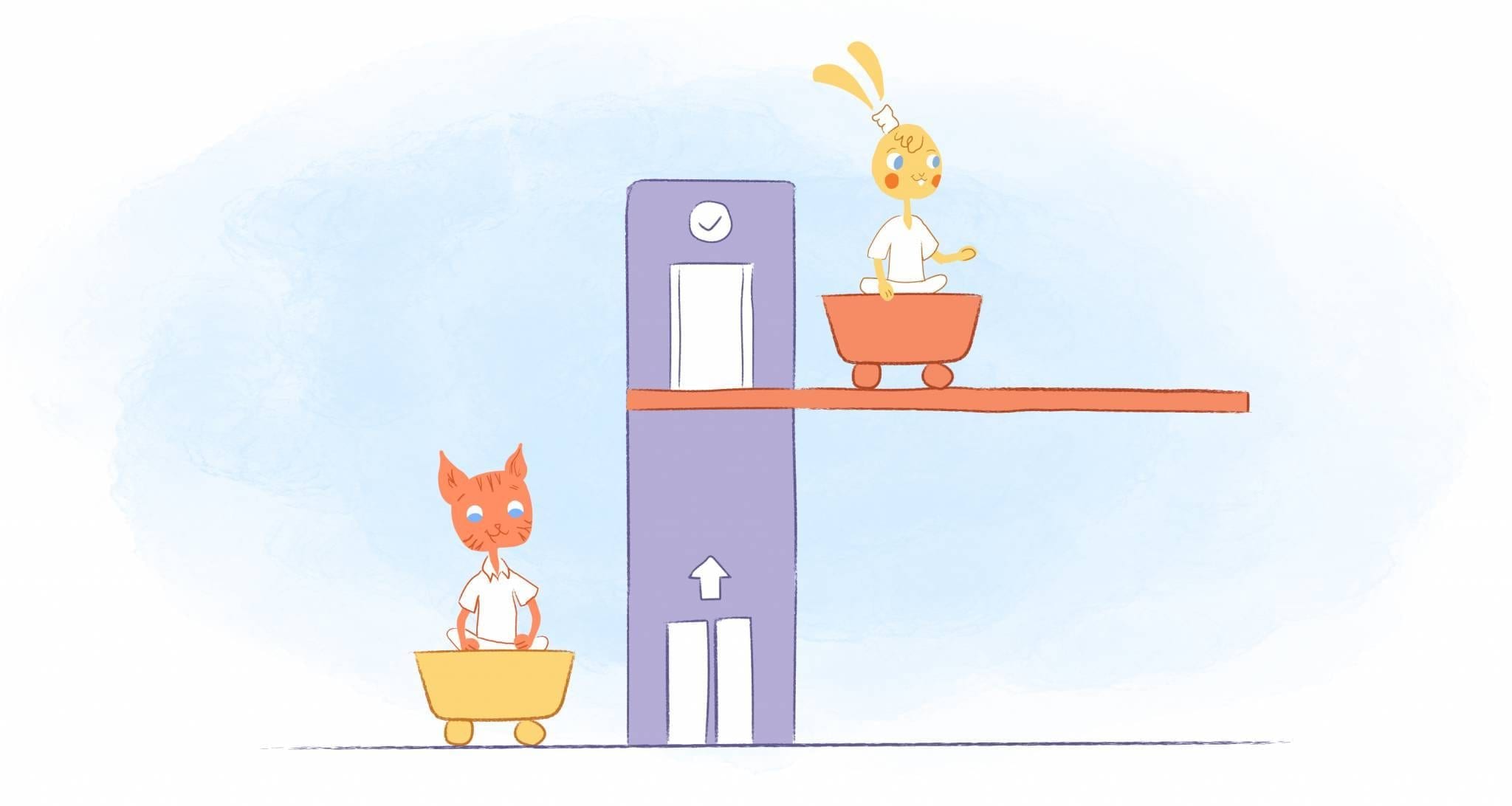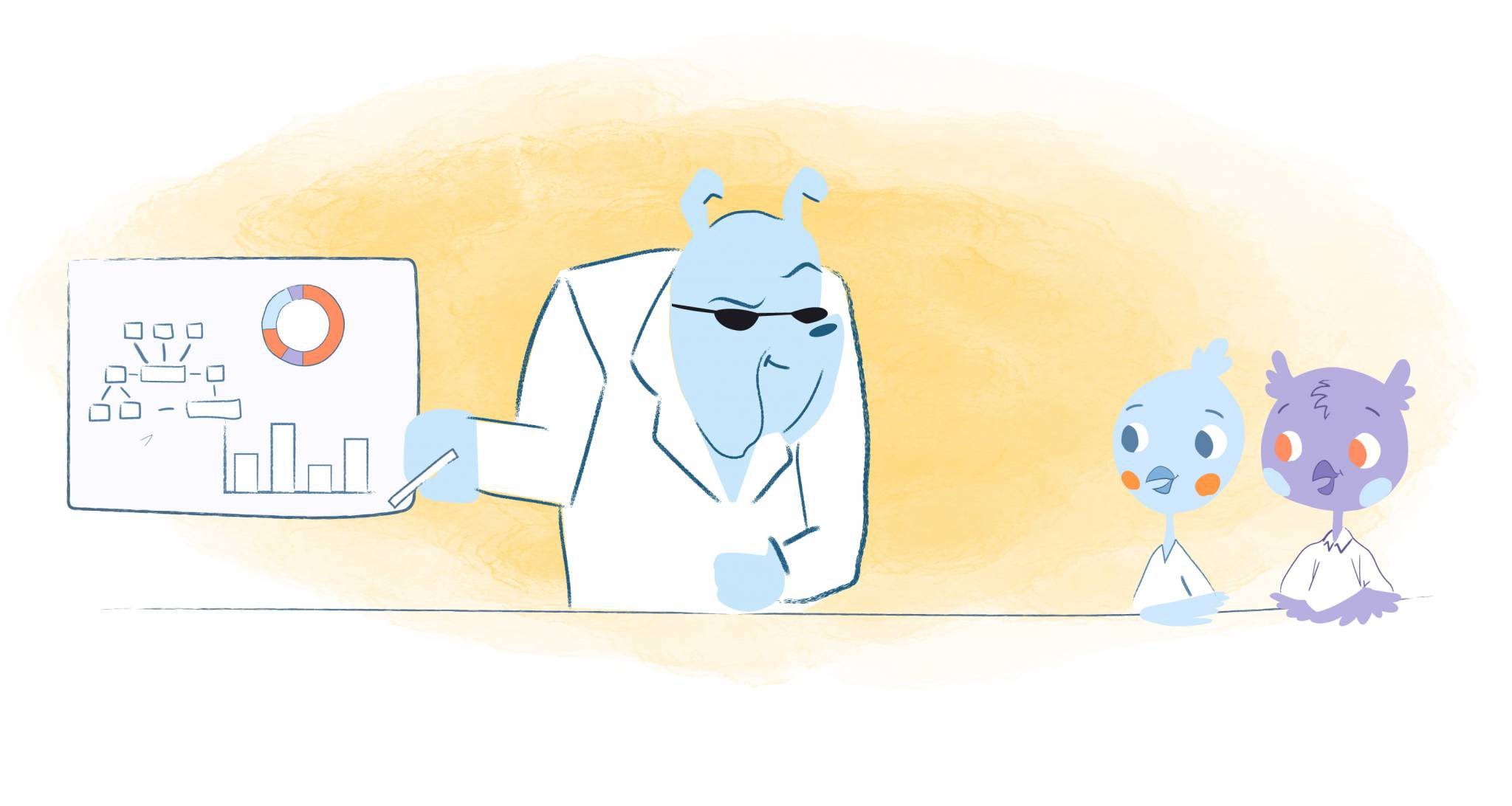

We’re in the midst of a pandemic. And, no. It’s not only the virus that has been changed in the world as we know it. I’m referring to something called information overload.
To be honest, this shouldn’t be a surprise. We make per day between the 35,000 choices and being plugged in 24/7; we’re burning ourselves out. And that is going to serious effect on our health, productivity, and bottom line.
But, what exactly is information overload? And what are the best ways to overcome it?
What’s information overload?
Interestingly, information overload isn’t a new concept. It’s actually been around for centuries. In particular, in the 3rd or 4th century BCE, when the writer of Ecclesiastes 12:12 griped that “of making books, there is no end.”
Throughout history, from the Renaissance to the Industrial Revolution, there were similar complaints. However, the term itself wasn’t coined until 1964 with the work of Bertram Gross, the Professor of Political Science at Hunter College. In 1970, Alvin Toffler popularized the phrase with the release of his book “Future Shock.”
“Information overload occurs when the amount of input to a system exceeds its processing capacity,” writes Toffler. “Decision-makers have fairly limited cognitive processing capacity. Consequently, when information overload occurs, a reduction in decision quality will likely occur.”
In my opinion, that explanation still holds up decades later. But, if you want a more simplistic definition, this is exposure to excessive amounts of information or data. You can also blame everything from email, social media, podcasts, videos, and workplace requests for this phenomenon.
Why is information overload a problem?
Information overload isn’t just a modern-day inconvenience. It can actually impact our health and well-being. In fact, research has found some troubling stats:
- 25 percent of workers experienced significant stress and poor health due to the volume of information required to process.
- 36 percent of managers reported poor health due to the excessive information they were required to process in the workplace.
- 68 percent of those managers felt information overload had had a negative impact on their personal and professional relationships.
Even managers aren’t spared. According to the report “The ‘Too Much Information’ Age: What CIOs Can Do About It,” 42% of IT managers admitted that they’re bombarded by too much information. Additionally, 39% stated they couldn’t determine what information was accurate, and 21% didn’t know the value.
Moreover, information overload can hurt your productivity, performance, and collaboration with others. That should be obvious when you’re not 100% emotionally, mentally, and physically. But, this is also due to the fact this can cause our brains to shut down.
Back in 2011, it was found that when people “reach cognitive and information overload,” brain activity plummets as if a circuit popped. Additionally, they became frustrated and began making poor decisions.
Meanwhile, in the workplace, you have to deal with constant distractions, pointless meetings, busy work, and endless updates. That’s asking your brain to remember a lot of information in the course of a day.
And, if that’s not enough to make you concerned, let’s talk about the financial repercussions. It’s been estimated that information overload is responsible for economic losses of $900 billion a year at work. The reasons for this is that you may fall behind on deadlines, make a costly error, or deliver subpar customer service.
In summation, information overload is bad. And, you need to stop it in its tracks using the 8 following techniques.
1. Become a picky eater.
If you’re a parent, you know how frustrating it is to have a particular child about what they eat. There is an advantage to this. Because they know what they do and don’t like, it’s easier for them to make choices.
You can apply this same concept when determining what deserves your time and attention. For example, not everything you do is a priority. When identifying what’s truly important right now, you can reject unnecessary meetings, delegate busy work to others, and aren’t constantly battling fires.
Furthermore, you can decide what information to ignore at the moment. Let’s say that you, a friend texted you about getting together this weekend. You’re elbow-deep in your work, so it’s not the best time to look at your schedule and make plans with them.
However, when you have a break, you could glance at your calendar. If you’re available, then respond to them. But, don’t feel guilty if you completely dismiss notifications that provide zero-value.
Or, to put this more directly. Only seek out and digest the information that can be used to take action right now. Nothing more.
What if you’re at a crossroads? In a previous Calendar article Deanna Ritchie has a simple suggestion; go back to the beginning. “Clarify the problem, goal, or desired outcome so that you can search for the right information.”
2. Beware of MEDs.
The Minimum Effective Dose (MED) is a concept popularized by Tim Ferriss in The 4-Hour Body. Its definition is actually straightforward, the smallest dose that will produce the desired outcome. Anything more is a waste.
“More is not better,” writes Ferriss. “Indeed, your greatest challenge will be resisting the temptation to do more. The MED not only delivers the most dramatic results, but it does so in the least time possible.”
Focus on the precise information needed to help you reach your goals. You can use this to develop a plan of action. Anything else you consume is just holding you back.
3. Set time limits on information gathering.
Let’s go back to the previous point. Let’s say that you have a leaky faucet. You go online for instructions on possible causes and how to fix it yourself.
That should be your MED. But, if we don’t set parameters, you could end up falling down a rabbit-role. What should have been a quick repair has not turned into you becoming an expert on the various types of faucets there are. Usually, if you’re curious, it’s usually a ball, cartridge, compression, or disc.
To prevent this, establish a time limit. While the length can vary, the idea here is not to spend any more of your valuable time gathering information.
4. Put on your green hat.
Interruptions are bound to happen. Besides interfering with your flow, these distractions can add to information overload. For instance, a colleague knocks on your door and proceeds to fill you in on a meeting that they just attended.
Obviously, this is something that could have waited. And now you’re processing all of the info they just threw in your direction. That’s why you need to manage these disruptions.
“One way to do this is through a visual sign, such as a green hat,” writes business psychologist Dionne Mahaffey. It’s a simple way to let others know, “Do not interrupt me. I am busy.”
“You can look at this through a concept known in psychology as ‘S Delta,’ which is the stimulus that eliminates the reinforcement for a behavior,” explains Mahaffey. “For instance, if a colleague interrupts, he or she is seeking a reward — a response.”
“When that colleague knocks on someone’s door and is ignored, the reinforcer — a response such as ‘How can I help you?’ or ‘What’s up?’— has been withheld.” In this case, the S Delta, which is a green hat, “indicates that reinforcement for interrupting is not available,” adds Mahaffey.
Obviously, you don’t need to literally wear a green hat. Rather, you can share your calendar with others so that they can see your availability. Or, you could go old school and place a sign on your door.
“The main point is that people will soon understand that the typical reinforcer (e.g., answering the knock on the door) will not be provided to any interruptive behavior when the ‘hat’ is on.”
5. Learn to skim.
“Skimming — getting the essence from reading material without reading all the words — boils down to knowing what parts to read and what parts to pass by,” clarifies UMass Dartmouth. When you learn how to do this, you’ll be able to grab the key points and move forward.
If you’re new to this, here are some techniques that you can try:
- Before reading, know what you want.
- Read vertically, as well as horizontally.
- Think like the author. If you’re familiar with their work, then you’ll be able to “focus on the original, meaningful material and skip over the material that just supports the author’s argument without advancing it.”
- Preread before you begin skimming so that you can pinpoint the relevant parts.
- Detect the main idea by reading introductory paragraphs.
- Read the first sentence of the paragraph.
- Don’t read complete sentences. “ If the start of a sentence holds no promise of the sentence giving you the information you want, skip to the next sentence. Read the start of sentences with an eye to whether they will yield useful information, and read them all the way through only if they appear to be useful at first glance.”
6. Streamline communication.
While countless communication tools can make life easier, you don’t need to use them all. It can be too much bouncing back between email, texts, Slack, phone calls, or in-person events. Instead, pick the tool that works best for you and your team.
7. Master the art of batching.
Batching is where you schedule similar tasks together. This works because it forces you to single-task and focuses on one thing at a time. Furthermore, it reduces the cognitive burden we experience when moving from one unrelated task to another.
An example of this would be only checking your inbox and social channels before work, at lunch, and at the end of the workday. You could even go further and create theme days. For instance, Mondays would be creating content all day, while Tuesdays would be reserved for meetings.
8. Daydream and let your mind wander.
“This is where we’re not actively directing our attention anywhere in particular, but we are actively resisting distractions,” explains Maura Thoams, author of Attention Management. “You let your mind wander and just be, and you’re intentionally saying ‘no’ to taking out your phone to send a text, turning on the TV, or even putting in a podcast.”
These are what Thomas calls quiet moments or “in-between” moments. Examples would be when you’re standing in line at the store or walking across a parking lot.
“This daydreaming state is when we have insight when we get ideas, and when our creativity really comes out,” she says. “You can’t command yourself to have an insight, a new idea, or solve a problem. It’s only in those quiet moments when those things can happen. We’ve come to the realization somehow that if we’re not doing, doing, doing, then we’re not productive. But really, the exact opposite is true.”











John Hall
John Hall is the co-founder of Calendar a scheduling and time management app. He’s also a keynote speaker that you can book at http://www.johnhallspeaking.com.